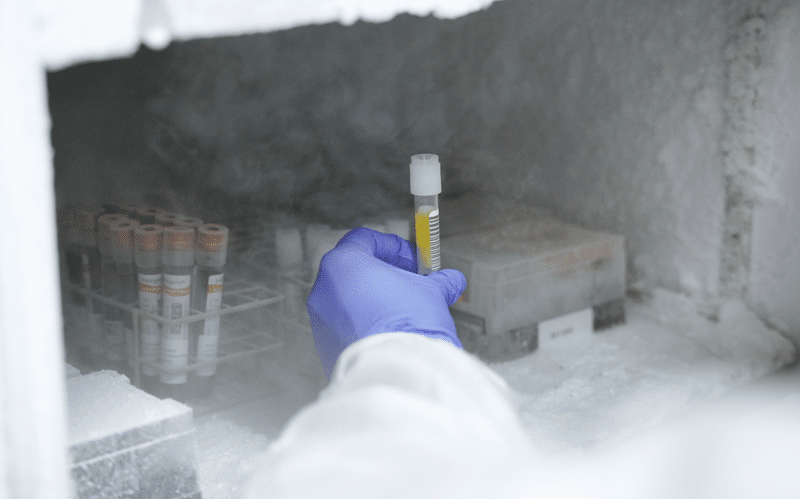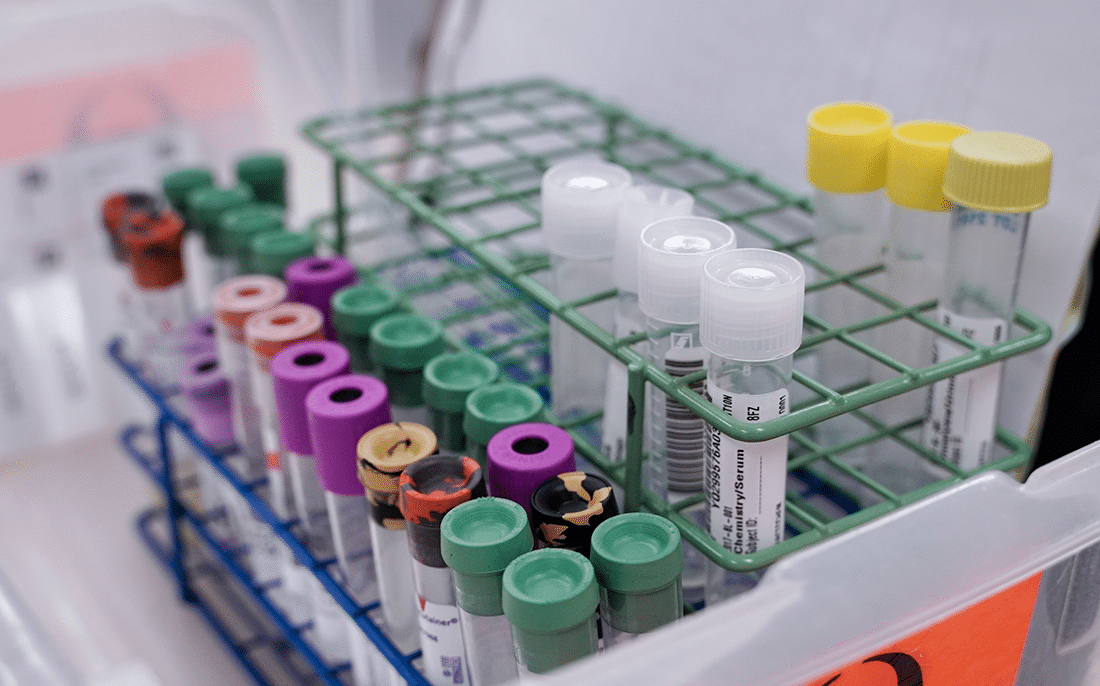A Duke Pathology research team led by Salvatore Vincent Pizzo, MD, PhD used biospecimens and more than 13 years of corresponding data from 690 MURDOCK Study participants to determine that serum pro‐N‐cadherin is an early marker of heart failure. The discovery has the potential to identify patients who would benefit from intervention before they show signs of disease, as reported in the Journal of the American Heart Association.
The Duke Clinical and Translational Science Institute (CTSI) is making thousands of biospecimens and associated clinical outcomes data available to all Duke researchers through the MURDOCK Biorepository Transformation Initiative. Duke Kannapolis is part of the CTSI and directed by Svati H. Shah, MD, MHS.

“Our goal was to understand the role of the biomarker effectively and rigorously without waiting a decade for a new, prospective study to accumulate years of data. MURDOCK already had thousands of samples and years of follow-up, saving us an incredible amount of time while delivering the same level of rigorous data collection. The responsiveness of Duke Kannapolis saved us even more time.”
—Salvatore Vincent Pizzo, MD, PhD
With just a few clicks, a data exploration tool developed by CTSI enables Duke investigators to easily explore the 12,526-participant longitudinal cohort based in Kannapolis and encompassing Cabarrus County. The MURDOCK storefronts summarize data and samples at a glance.
“The demographics and outcomes of the participants over time is critical, and that is what sets MURDOCK apart from other biorepositories,” said Paul Ferrell, who manages Pizzo’s lab and quantified the new biomarker. “We would not have been able to correlate the biomarker with any meaning if we didn’t have that downstream outcome data.”
Tapping into the MURDOCK Biorepository
About a year ago, preliminary research indicated the protein could be a marker for heart failure. Pizzo’s team needed to expand their study and reached out to Duke Kannapolis, hoping to accelerate their research by tapping into the MURDOCK biorepository.
“Our goal was to understand the role of the biomarker effectively and rigorously without waiting a decade for a new, prospective study to accumulate years of data,” Pizzo said. “MURDOCK already had thousands of samples and years of follow-up, saving us an incredible amount of time while delivering the same level of rigorous data collection. The responsiveness of Duke Kannapolis saved us even more time.”
Total time from completing a brief interest form to the conclusion of the study was six months. By comparison, requesting and receiving samples from other biorepositories can take up to two years.
“MURDOCK has been the springboard,” said Kristi Oristian, the postdoctoral research consultant on the team. “We asked a question about the predictive nature of how something might work in the future, but we answered it using previously collected samples and data showing how health has changed over time, thanks to MURDOCK participants who had been completing annual follow-up for years.”
Next Steps
With the publication of the discovery, the research has drawn interest from collaborators and venture capitalists. The team’s next steps include repeating their initial findings in a different population, with additional techniques and a clinical approach.
Ultimately, they want to bring the biomarker to market and see it used in clinics and hospitals. The test for the biomarker is easy to administer and easy to understand, reducing the reliance on specialized equipment or expertise.
“Right now, there is no established community screening for heart failure,” Oristian said. “There are biomarkers that catch it at a later stage, but we are talking about detection well before people start to show symptoms.”
“The demographics and outcomes of the participants over time is critical, and that is what sets MURDOCK apart from other biorepositories.”
—Paul Ferrell, manager of the Pizzo Lab
Duke Kannapolis provided Pizzo’s team with two cohorts from the MURDOCK Study. The participants all reported no heart failure when they enrolled in MURDOCK, and the two groups had very similar comorbidities and demographics. The participants who eventually suffered heart failure had the elevated biomarker. Those who never developed heart failure did not.
“It’s really important for us to see that against a background of common American comorbidities like high blood pressure and obesity, the biomarker was able to add additional predictive value to identify the folks who would develop heart failure,” Oristian said.
Providing More Evidence
Using such closely matched cohorts provided more evidence that the biomarker is an independent predictor of heart failure, Ferrell added.
“They have such a large amount of MURDOCK data and samples that they were able to match the cohort of people who did not develop heart failure with those who did,” Ferrell said. “That was a lot of the difficult work that Duke Kannapolis completed and then provided to us.”
The MURDOCK Biorepository Transformation Initiative makes thousands of biospecimens and associated clinical outcome data available to all Duke researchers. Investigators should complete this brief interest form as a first step toward.


